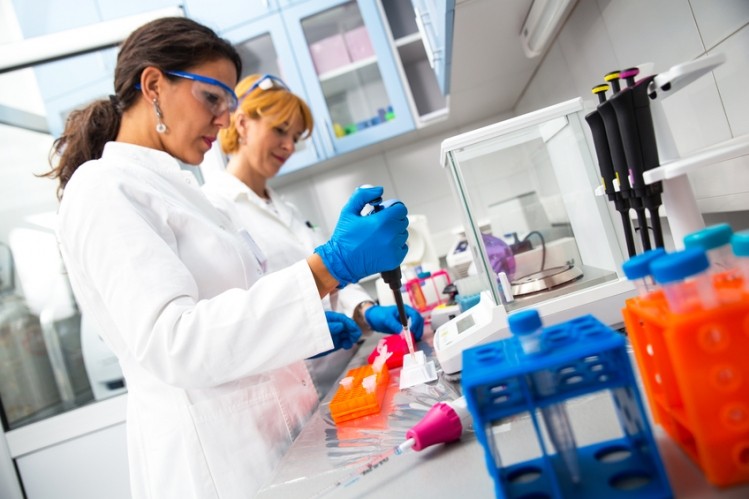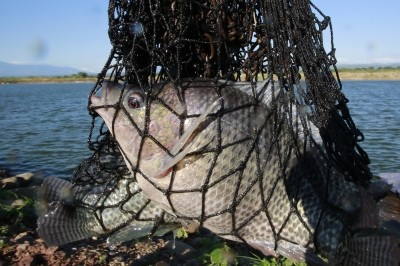Center also looking at beta glucans impact on sea lice
Canadian researchers explore fish feed effects on blood chemistry, immune responses, gut microbiota

The Center for Aquaculture Technologies Canada works by both contracted testing and internal research, said Andre Dumas, its director of fish nutrition.
The facility allows for integrated nutrition and health research on aquaculture species, he said. It works on challenges found in multiple countries and regions, not just North America.
“Companies don’t go out anymore to throw an ingredient in the feed and look at feed conversion, they want to go deeper and look at a little more of how it affects blood chemistry, immune responses, gut microbiota – they want to go to the next level,” he told FeedNavigator. “A company can knock on our door, and they can have all the different inputs.”
Integrated approach
The center includes facilities to run multiple studies at one time ranging in size from 12 tanks to 56, said Dumas. “We can work with warm water species and cold water species, like salmon and trout, and fresh water and salt water species, like yellow tail, because in the facility we have access to fresh and salt water – it’s a unique location,” he added.
It also brings together multiple teams in the one location – one working with molecular biology, another team focused on fish health, biology and nutrition, he said. Additionally, it has capacity to carry out research on tissue cultures and pathogens.
“We combine the work with genetics people who do genotyping and measure the expression of genes of interest and fish diagnostics and disease challenges,” said Dumas. “That’s when we can start doing some studies on functional feeds, and testing against pathogens and immune system functioning.”
The center does ingredient testing, digestibility studies along with examining histology, feed conversion and growth performance, he said. And is set to start internal research with a focus on challenges within the aquaculture industry.
Research trends and priorities
There are several areas where research is ongoing and more work is needed, said Dumas. “Five years ago, plant protein was a big hit – most of my projects were on soybeans and plants, and now it’s a lot about alternative sources of fish oil and DHA,” he added.
“DHA will stay a big challenge for the industry,” he said. “That’s limiting the growth of the salmon industry more than proteins and sea lice. It’s damaging the industry worldwide and nutrition can play a part in that.”
Much of the research work continues to focus on improving nutrition or health of species like salmon, tilapia and shrimp, he said.
But efforts are needed to establish information like the amino acid requirements for several types of fish, or for fish in different life stages, he said. “For many species we don’t know the ten essential amino acids,” he added.
Using nutrition to help protect fish against disease or parasites like sea lice, also is gaining interest, said Dumas. “Some nutrients have a role in protecting against sea lice – like beta glucan – that is something that’s coming up,” he added.
“Functional feeds is a topic of interest – [finding] a nutritional approach, especially toward sea lice in salmon and white spot disease in shrimp,” he said. “And we hear more, and more, about precision nutrition – the right feed formula at the specific life stage or period of the year.”
Nutrigenomics, or using nutrition to regulate or increase the expression of specific genes, also is playing a role in the research efforts, he said. “We’re starting in 2017 on our internal nutrition programs and we’ll work with the other teams to develop new technologies and nutrigenomics is one of them,” he added.















